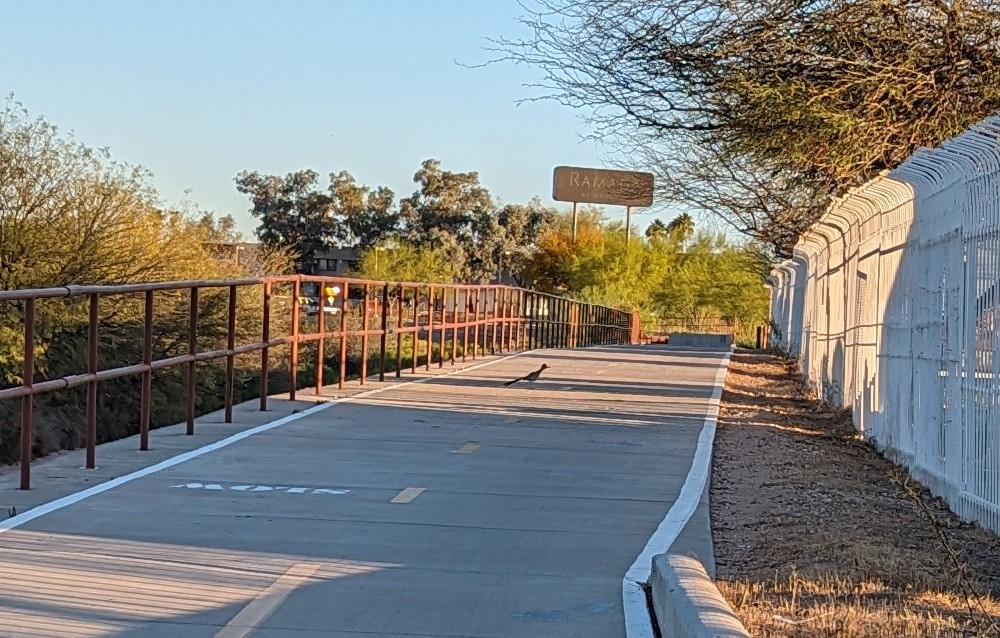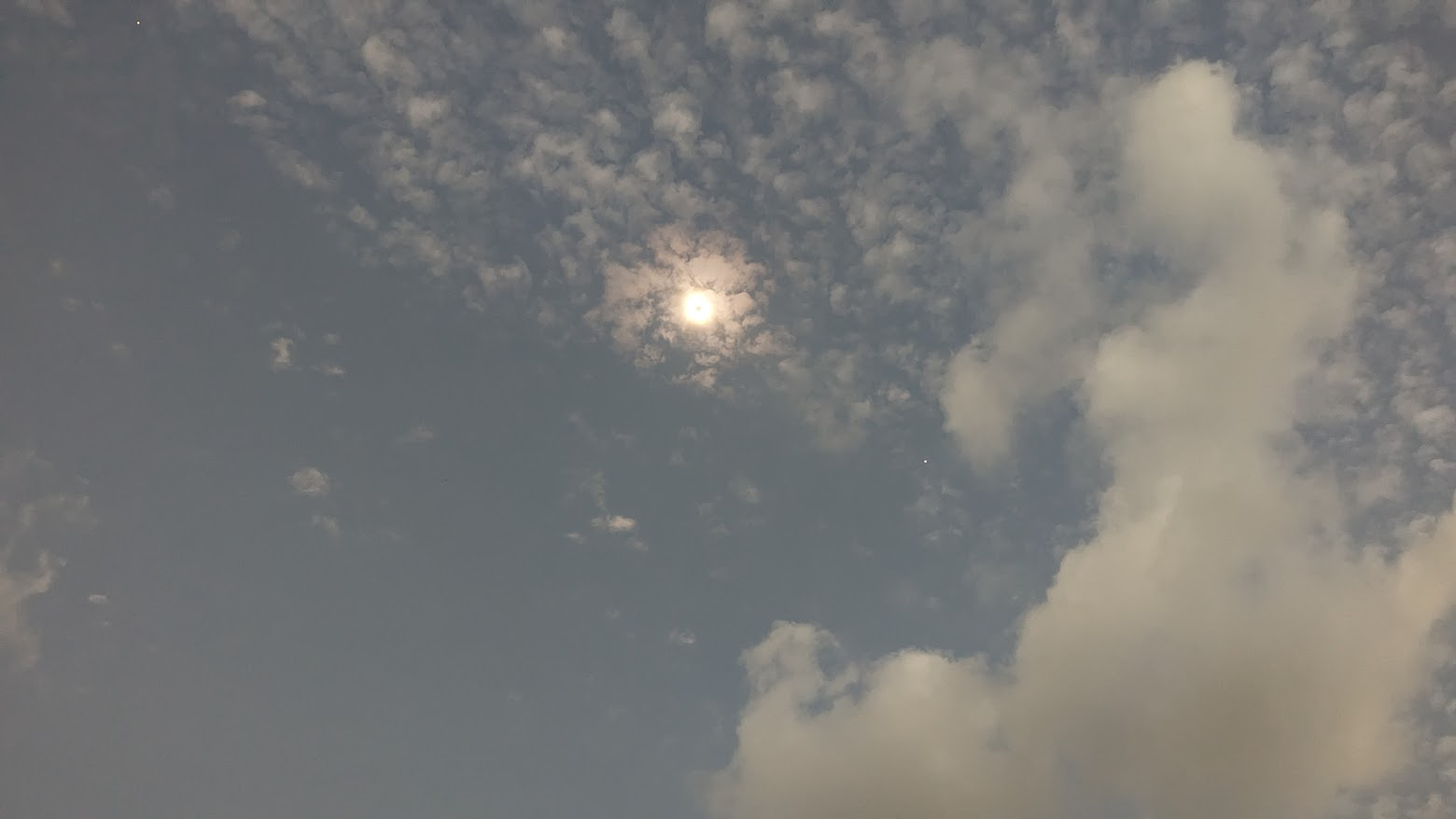The title of this blog makes it sound like I'm going to write some meaningful essay about my jobs. Nope, I'm just talking about my day-to-day life, as usual, and this week just happens to overlap with my profession quite a bit.
On Monday, my colleague and I went to the Utah State Archives. They have several boxes of rejected articles for Utah Historical Quarterly from the 1950s to the 2000s. We were wondering whether we should keep them, so we went to look at them.
I know it sounds boring to look at old rejected articles. But it was surprisingly interesting! Well, for us it was. There were several articles by famous, prominent Utah historians. My colleague pointed out an article from the 1970s that was about the history of Pioneer Day—basically a prototype of my own article. (Mine was better. But in fairness, I have better access to more sources in the 2010s and 2020s than they had in the 1970s.) There was an article that I had read in BYU Studies, so I was surprised to see it in the UHQ boxes. UHQ rejected it because it really wasn't Utah history; BYU Studies really was a better fit for it.
We also got to see the correspondence attached to the articles, so that was interesting too. One letter from 1990 told the author that in recent years, UHQ was publishing less Mormon history and more secular history of Utah. (Yes, that's still our emphasis today, so it was interesting to see that they made that a conscious choice at some point.) One letter from the 1990s was an informal discussion about baseball, and it mentioned "McGuire." Mark McGwire is a name I haven't heard in a long time. (Why do I know that name? I don't even like sports!)
We decided we needed to keep the old articles, but there will need to be access restrictions on them because many of the people are still alive. It was a very interesting historiographical exercise.
Anyway, I recognize that that's probably not that meaningful to most of my readers.
On Tuesday, I went to go running. But since people park on the sidewalk, I had to step off the curb, and as I did so, I twisted my ankle. So no more running for me this week. This happens periodically; since I have injured it before, I think it's more prone to sprains: that time I sprained it on the stairs in 2000, and when I was learning to ride a bike in 2007, and when I stepped off a curb in 2014, and that trail run in 2016, and that trail run on the Fourth of July in 2017. But I think that all of my trail running has made my ankles pretty strong. I have twisted my ankle many times without getting hurt. I suspect I'll be back to normal this week.
Yesterday I finished reading Benjamin Park's American Zion, which was an amazing book. (I can't say it's a perfect book, only because I literally make a living off of finding mistakes.) It was readable and covered an enormous amount of topics. It's been a long time since I have found a book this engaging. But I don't think most of my blog readers would enjoy it like I did: you have to like academic history books, and you have to have a progressive view of Mormonism Latter-day Saintism.
I'm in charge of service projects for my ward, so yesterday I filled an assignment to help out with donations at DI. My BYU boss is in the same stake, so I saw him there also helping out. I just can't get away from him! ;) (JK, he's a great guy.) As car after car came with donations, and this week was Earth Day, and I've been watching Hoarders lately, I can't help but reflect on our society's mass consumption. It's discouraging. And I also do plenty of consuming myself. I try very hard to avoid single-use plastic (for example, I never take a water cup at a restaurant), but the system is stacked against me.
When my shift was over, I went into the store. I bought a nice pair of shorts for three dollars. Two years ago, I found two CDs about pioneer commemoration from the 1990s. Yesterday, I found a third one. Since my professional interests are in historical memory—specifically about Mormon pioneers—I had to snag it. It was well worth the dollar for this historical artifact/primary source.


















































